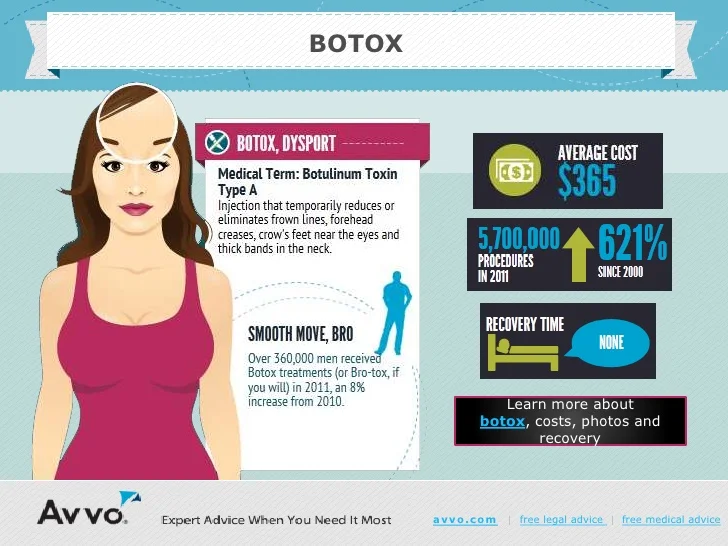Can You Pop Pimples Safely
Can You Pop Pimples Safely
Blog Article
Reasons for Acne on Cheeks
Acne outbreaks in the cheek area are triggered by several points, from touching your face frequently to not transforming your pillow case frequently sufficient. Picking at acnes enhances your threat of infection and scarring, and specific drugs can get worse dark areas (postinflammatory hyperpigmentation).
The good news is, there are several means to stop and deal with cheek acne. These consist of:
1. Hormone Modifications
Acne is mainly brought on by hormonal agents, particularly those created throughout adolescence and pregnancy. For some, a family history of acne may likewise contribute to their condition. Anything that clogs pores, such as oil-based skin care products or ceraceous hair items, can cause acne. Numerous topical therapies, like benzoyl peroxide and salicylic acid, can deal with microorganisms and unclog pores. Those with serious or chronic acne should seek therapy from their medical professional.
Stay clear of touching or pressing your acne, as this can press a few of the germs deeper into the skin, leading to a more extreme outbreak. It is likewise essential to change pillowcases regularly and make use of tidy make-up brushes. You ought to also try to stay clear of toxic irritants such as rubbing from using a helmet or tight collar.
2. Diet regimen
The oily, sugary foods that many people think trigger acne might in fact refrain from doing so. As a matter of fact, studies have actually revealed that eating a diet abundant in entire, nutrient-dense foods assists to avoid breakouts.
Foods high in the glycemic index (such as white bread, corn flakes, blew rice and potatoes, doughnuts and various other pastries) raise blood sugar level degrees rapidly, and this can increase hormonal agents that improve oil production and lead to acne.
Consuming alcohol cow's milk has actually likewise been linked to raised acne outbreaks. If you are a regular cow's milk drinker, you could wish to try changing to low-fat or nondairy options that are fortified with calcium. On top of that, consuming alcohol more water can help to lower acne since it helps to maintain the skin hydrated.
3. Excess Oil
While oil is necessary for healthy skin, it can come to be an issue when excessive sebum mixes with dead skin cells and obstructs pores. This combination can develop blackheads, whiteheads and acnes. The clogged pore wall surface can break down and spill germs, dead skin cells and sebum into bordering skin. This leads to a red bump known as an acne. In some cases these red bumps have pus in the facility from a microbial infection. Larger contaminated bumps that look like acne are called cysts.
There are several things that can cause excess sebum and clogged up pores, including hormonal agent changes, diet and day-to-day practices. Some instances include touching the face regularly, resting your hand on your cheek, making use of filthy makeup brushes and not altering pillowcases consistently.
4. Anxiety
If you're dealing with pain pimples or a multitude of blackheads and whiteheads, it may be time to speak to a dermatologist. They can advise an efficient therapy that fits your skin kind. Practicing leisure and stress-reduction methods additionally helps.
Acne can take place in the cheeks due to rubbing and pressure, such as when an individual touches their face frequently or uses a hat or sports helmet that scrubs against the skin. It can likewise show up where greasy cosmetics and creams scrub versus the skin.
Avoid pressing acne, as this can push contaminated material deeper into the skin and bring about scarring. Instead, see a medical professional to find out about preventative therapies like medication, skin treatment products and way of life adjustments. Eating a healthy and balanced diet of entire foods, obtaining seven to 9 hours of sleep and utilizing noncomedogenic make-up and skincare items can all help in reducing acne breakouts.
5. Hair Products
Hair items are not typically considered a source of breakouts, yet they can contribute to acne on the cheeks in some people. Pomade acne, which is identified by small closed comedones and papulopustules, is generally caused by using oily hair items that contain comedogenic components such as particular oils and dysport acetylated lanolin.
Choosing hair items that do not contain these potentially comedogenic active ingredients is an important action towards minimizing breakouts. Additionally, ensuring that hair products aren't being available in contact with the skin can aid avoid outbreaks. As an example, wearing a scarf or hood during the night can limit hair-to-face get in touch with and lower the possibility that leave-in hair items will rub off onto the face.
Along with using a non-comedogenic moisturizer and cleaning with an acne face wash, various other helpful techniques consist of: